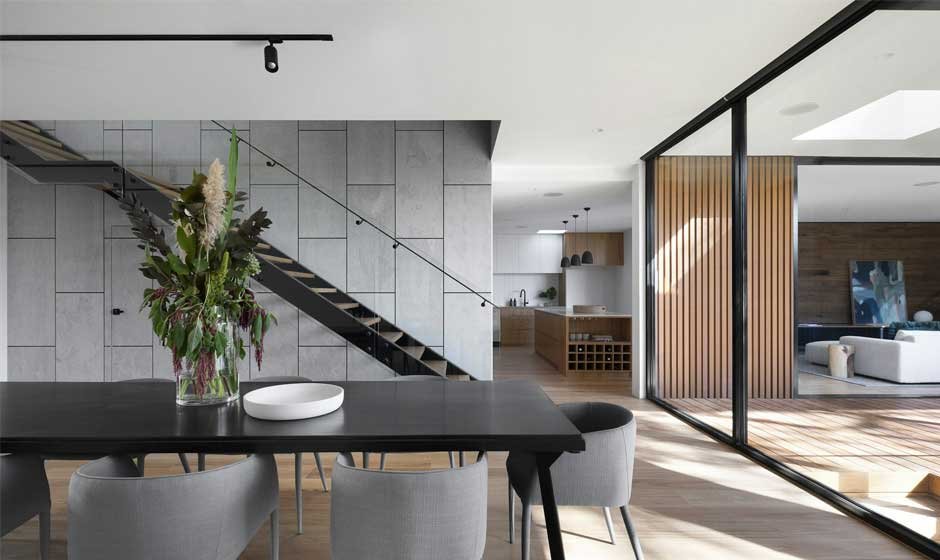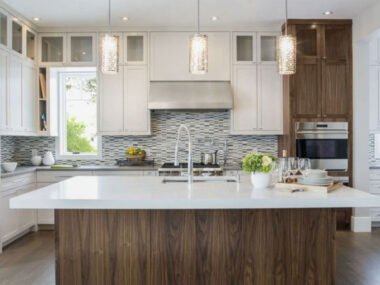When planning a roof for any residential or commercial property, balancing aesthetic appeal with long-term functionality can be a challenging but rewarding goal. A roof is one of the most prominent visual elements of a building and serves as a critical structural component that protects occupants from environmental factors. Selecting a design that complements the building’s overall appearance while meeting practical needs such as insulation, drainage, and durability requires thoughtful consideration. We will explore how homeowners, builders, and designers can make informed decisions to ensure their roofs look attractive and perform efficiently over time.
Achieving the Ideal Blend of Form and Performance
Understand Climate and Environmental Demands First
Before delving into architectural features or design preferences, evaluating the local climate and weather conditions is essential for any roofing project, including those undertaken by companies like Accent Roofing. The function of a roof heavily depends on how well it can protect against the elements—rain, snow, wind, heat, or extreme UV exposure. For example, in hot climates, reflective materials like light-colored metal or clay tiles can help reduce heat absorption. In colder regions, sloped designs that prevent snow accumulation are more practical. Beyond insulation and durability, ventilation is another climate-driven consideration.
Poor ventilation can trap moisture and lead to mold or rot, ultimately damaging the roof and interior structure. Balancing style with climate responsiveness means making design decisions based on local environmental realities, such as selecting the pitch, overhangs, and ventilation points. For homeowners drawn to flat or low-slope roofs for modern aesthetics, it’s crucial to incorporate efficient drainage systems to avoid standing water. Understanding these constraints ensures that visual preferences don’t compromise long-term resilience.
Choose Materials That Offer Durability and Visual Appeal
Roofing materials come in various options, offering unique aesthetic characteristics and performance strengths. Balancing style and function starts with selecting materials that provide longevity while fitting the visual goals of the building. Asphalt shingles, for example, are cost-effective and come in numerous styles and colors, allowing for creative expression without sacrificing durability. Slate or wood shakes add character and texture for a more distinctive look, but require greater maintenance and cost considerations.
Metal roofing has gained popularity due to its lifespan and minimal upkeep while offering sleek, contemporary finishes. Tile roofs, particularly in Mediterranean-style architecture, marry visual impact with impressive resistance to wind and fire. When choosing materials, consider how well they align with the building’s architectural style and how they will age over time. Color stability, moss resistance, and thermal performance all affect how well a material maintains its appearance and function through the years.
Design with Structural Integrity and Load Capacity in Mind
While aesthetics often drive initial design choices, structural compatibility must guide final decisions. Not all homes or buildings can support the same types of roofing systems. For example, heavy roofing materials like slate or concrete tiles may require additional structural reinforcement, which could increase construction costs. Even the most attractive design becomes a liability if the underlying structure can’t safely support it. Consulting with structural engineers or contractors ensures the roof plan aligns with load-bearing limits and local building codes.
Additionally, multi-layered or ornate roof styles such as mansard or gambrel roofs may add complexity in framing and maintenance. To maintain a balance, selecting a roof style that doesn’t overburden the frame while still aligning with visual expectations is important. Enhancing curb appeal doesn’t have to mean compromising safety or structural health. With careful design and consultation, homeowners can enjoy bold designs and peace of mind.
Incorporate Energy Efficiency Without Sacrificing Style
Modern roofing technologies have made it easier than ever to integrate energy-efficient features into attractive roof designs. Reflective coatings, solar panels, and advanced insulation layers can now be added to almost any roof style. While solar panels once required flat or minimally sloped surfaces, newer systems offer more flexible mounting options and aesthetic improvements, including solar shingles that blend into the roofline. Roof overhangs can also be designed for passive solar gain, helping regulate indoor temperatures naturally without relying heavily on HVAC systems.
Choosing the right insulation improves energy use, reduces noise, and contributes to indoor comfort. Cool roofs—built with materials that reflect more sunlight and absorb less heat—are now available in diverse colors and textures, allowing homeowners to remain stylish while being environmentally conscious. Balancing performance with looks requires early planning to seamlessly integrate efficiency upgrades into the design rather than adding them as afterthoughts.
Balancing style and function in roof design is a thoughtful process that involves climate awareness, material selection, structural compatibility, energy performance, and architectural consistency. Each decision contributes to creating a roof that does more than simply protect—it adds value, enhances beauty, and supports a more comfortable and efficient living environment. Whether building new or renovating, the goal should always be a design that looks good and works hard every day. Through careful planning and an understanding of what each choice brings, homeowners can create expressive and enduring roofs.










